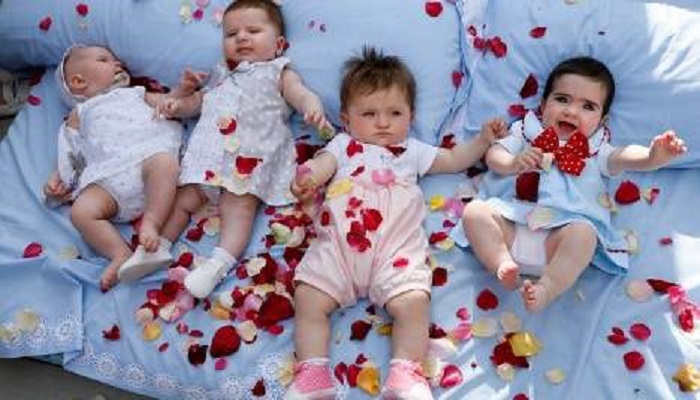
Couples in the UAE are turning to fertility treatment to not only have a chance at a successful pregnancy, but also to help curb birth defects, choose the baby’s gender, and what doctors call, “tailor-make their baby.
Dr. Braulio Peramo Moya, obstetrics, gynecology and IVF consultant, Al Ain Fertility Centre, said that more than 500 couples in Al Ain have turned to fertility treatment within the past year alone.
Dr. Moya explained that through Preimplantation Genetics Diagnostics (PGD), doctors are able to help curb diseases in future generations, such as cancer, as well as birth defects and syndromes, including Down’s syndrome.
“An embryo that is free of a gene that has a risk of having a certain type of disease, such as cancer, can be selected through technology.
“The same technology can be used to select an embryo with a physical trait, including the colour of the eyes, but this is not legal in the UAE and cannot be done in any fertility clinics.”
He said through modern technology, couples are, however, choosing the sex of their baby. “We take an embryo biopsy where we remove one or two cells and analyse these cells genetically.
“When we have the report of the genetic analysis, we will know the health of the embryo and the sex of the baby. Once we know the embryo is male or female, then we can decide which one can be selected.”
Dr. Moya explained that the technology used to perform genetical analysis also allows doctors to analyse chromosomes. “There are some diseases we link to
abnormalities in the number of chromosomes, known as aneuploety.”
“For example, Down’s syndrome has an extra 21 chromosomes. With PGD, we can analyse the number of chromosomes contained in an embryo and rule out syndromes and any other abnormalities.”
PGD can also be used to identify the embryos that contain genetic diseases, including thalassaemia, which is the most frequent and most common genetic disease in the country.
Moreover, a relatively new technology, known as the Next Generation Sequencing (NGS), allows the analysis of the entire genome. “NGS can identify not only abnormalities in the number of chromosomes but also abnormalities in the chromosomes.
“Before this, doctors were only able to analyse five to seven chromosomes, but with NGS, we can analyse every single chromosome.”
Another genetic analysis in the embryos is identifying an abnormality in the gene, which is the chromosome itself – even if certain chromosomes contain more than 1,500 genes inside.
“A couple who are thalassaemia carriers, have a risk of having a baby carrying the severe disease if they risk conceiving naturally.” He said, however, if the couple conceives through IVF PGD, doctors will be able to analyse the embryo and assure it is free of the disease.
Dr. Moya added that genetic analysis is becoming more accurate within time and the IVF success rates themselves have reached a whopping 75-80 per cent for couples when the female patient is under 30 years of age.
“Low responders and women older than 40 have a lower success rate,” he added. “The most heartwarming case I had in the UAE was a case of an Emirati couple who had 16 failed IVF attempts.”
“When the woman found out that she was finally pregnant, she was the happiest woman in the world. She could not believe it,” Dr. Moya recalled.

Post Your Comments